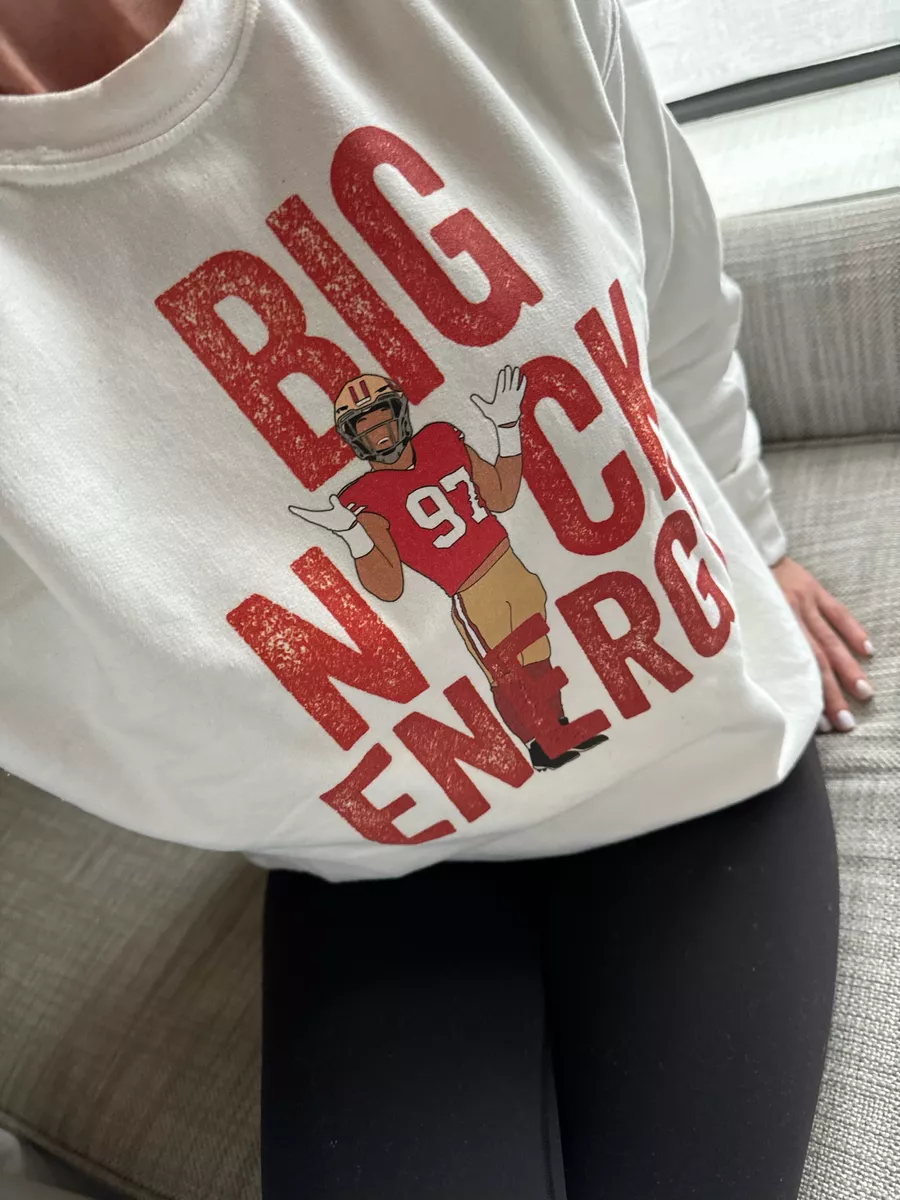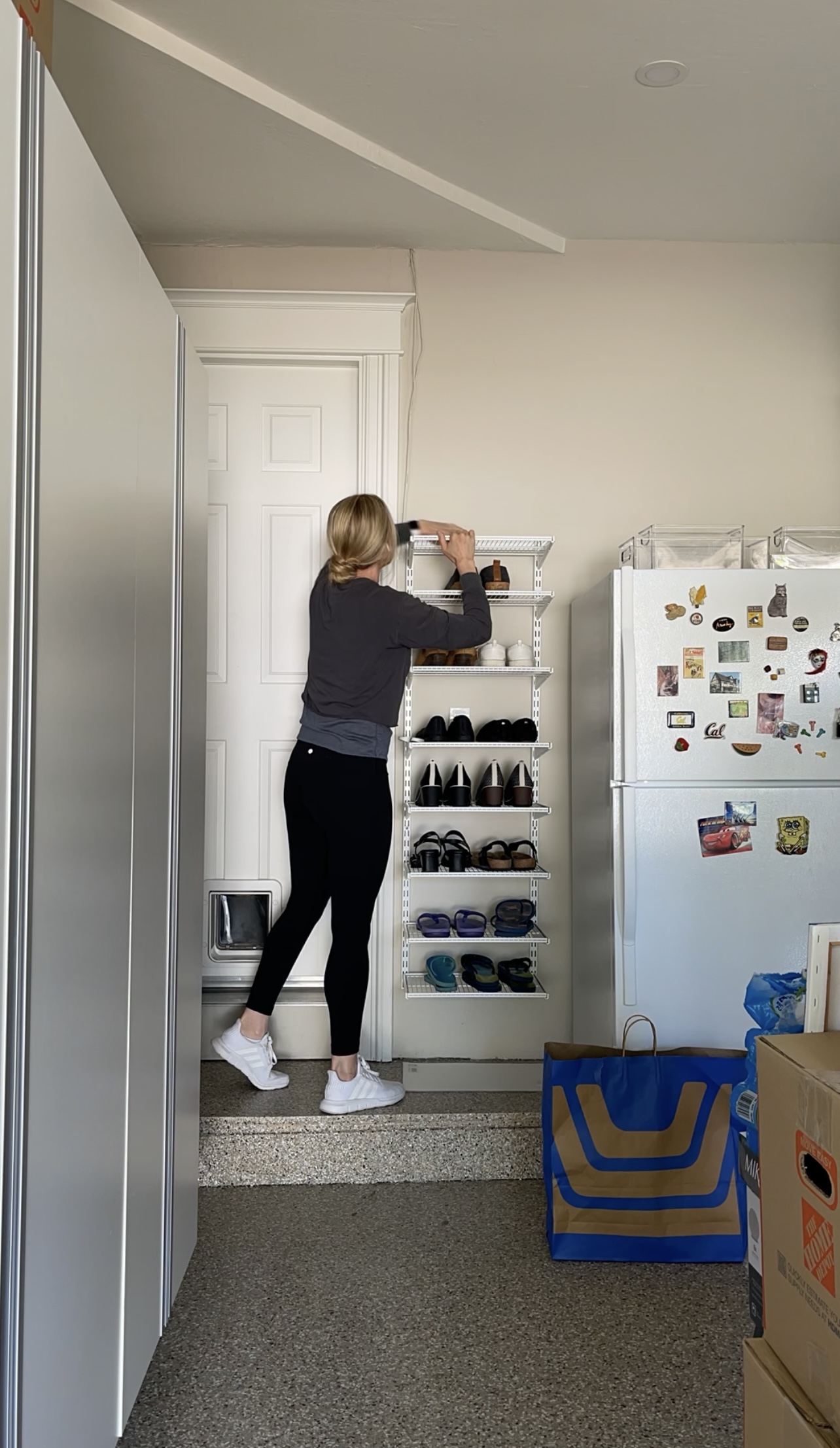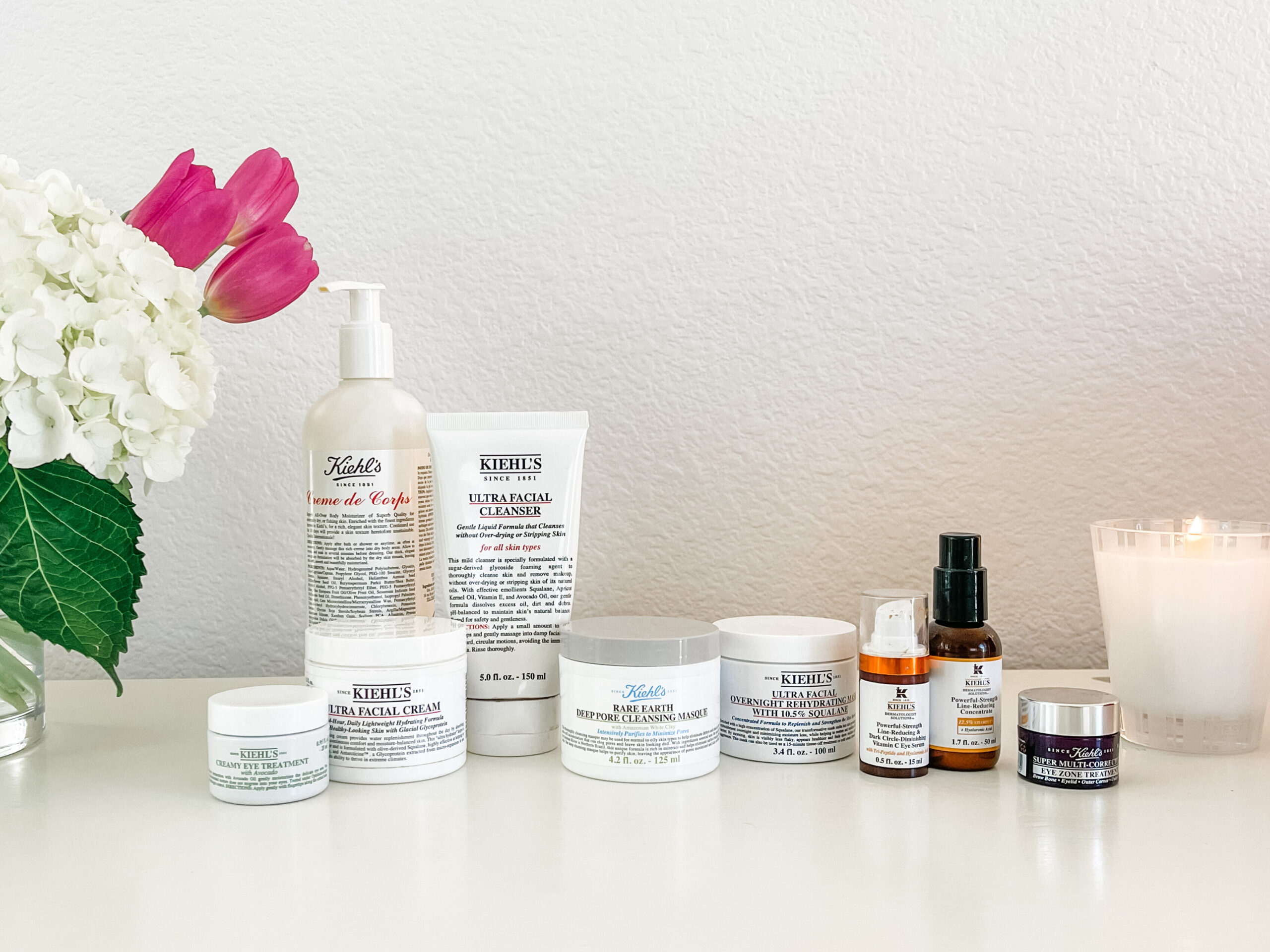*This is a long post – feel free to scan to the headings / sections I’ve created if there’s a specific topic you are curious about.
Not sure what is up with my social media algorithm, but over the last few months my feeds have been flooded with content from creators promoting a career in digital marketing. Is it just me or are you seeing this type of content too? The creators are sharing personal stories of quitting their jobs because they are now making multiple six figures per month. There’s SAHM’s sharing stories about how they are retiring their husbands. Content about how easy it is to create endless passive income in only 2-3 hours of work per day. On and on.
I wish I could reset my accounts so I don’t see these anymore, but then it got me thinking. Why not instead use this as an opportunity to share with you – from my perspective – what digital marketing is, how it works, how you can get started, what I do within the niche and more. There’s no way I can possibly speak to every aspect in this post, so plan on reading more from me in a part-two. I’ll share what I can today…but definitely shoot me questions you have after reading this so I can answer those in my next installment.
By the way, I’m not trying to flame anyone who is sharing these claims or stories. They could in fact be telling the truth and making millions. But, not gonna lie, it sets off my internal caution alarms when I see people promoting programs or making claims without showing proof of their results. I get concerned people may fall for something without doing their due diligence to really understand what’s involved. And with our current financial pains in the US, I can see how someone could easily fall prey to schemes. You know?
So, let’s talk about it and how you can get started if you’re interested.
Everything I’m sharing in this post is from my experience and perspective, and coming from the heart.
WHAT IS AFFILIATE MARKETING?
At its core, affiliate marketing is a performance-based marketing strategy where businesses reward affiliates (individuals or companies) for driving traffic or sales to their products or services through the affiliate’s marketing efforts.
In simpler terms, affiliates promote products or services and earn a commission for each sale or action made through their referral link.
An example of an affiliate link on my website would be when I share a link within a blog post that looks like this – sometimes these links are affiliate links. The link I just added in the prior sentence is from Amazon. I’m a part of the Amazon Affiliate Program and when someone clicks that link, it brings them to the product page via my affiliate code…if they purchase the item or make any purchase through that link, I receive a small commission. It’s that simple.
NOW…that said…what’s important for YOU to know as the reader / clicker is that you DON’T pay anything more for clicking these links. You pay the same price as you would otherwise. When you buy after clicking my link, however, I receive a small commission from the company.
My consistent and faithful readers know this by now, but (if you’re new here) I don’t simply link for the commission. I run a business and share client spaces that we’ve organized OR share ideas from around my own home. Being an affiliate marketer isn’t my main source of income. What I am linking to brings in very little income, in fact, because most often it’s small ticket items like bins, containers or that set of mixing bowls I shared the other day.
There’s a few reasons why I add affiliate links. I want to make it easy for you to locate the items I’m using in a space and referring to. I stand behind these items and am proud to promote them. AND…I’ll be honest….I AM PROVIDING VALUE to my readership. If I can recoup something from spending all this time writing content, than I deserve that. Right? I’m essentially giving you my expertise for free.
By the way, I’m not retiring from this income. What I am generally linking to is small-ticket items that bring in a small amount of commission. I’m not linking to high-ticket items that bring in $1,000 per sale, for example. The income I generate is a small buffer and I consider it as a means keep the lights on here on this blog.
Also to mention, not every link I share is an affiliate link because some companies don’t offer programs like this. Therefore sometimes my links are affiliate links…sometimes not. What I share is authentic. And that matters to me.
Again, in simplified terms – when I promote a product or service using an affiliate or referral link, and someone clicks the link and makes a purchase, I make a small commission. The buyer pays no more than they would had they purchased without my link. So as you can likely see, the better you are at marketing, the more potential you have to earn more money. I’ll share more below about how else you can share your affiliate links, besides a blog.
IS DIGITAL MARKETING THE SAME AS AFFILIATE MARKETING?
In my opinion, yes. Digital marketing is the same as affiliate marketing.
The one difference or in addition to is they may have a digital product of their own to sell. For example, my ebook is a digital product I created and is for sale year round. Also, my upcoming course will be considered digital marketing income. I am creating a digital product that people can purchase from anywhere and will be earning an income when they buy. I don’t have to package or ship anything. My customers will purchase the course and it will be available to them digitally.
Not to get deeper into the weeds right now, but there are people who have created digital courses that have an affiliate program attached. For example, if I decide at some point I’d like to reach a wider audience, I could offer my course to affiliates to sell and market for me. I would have to pay them a portion of the sale, but it gets the word out and more eyeballs on the product you’re offering.
Hope I’m not confusing anyone!
THIS bullet point is what I have been seeing A LOT of recently – people selling other people’s courses. And this is how they are making multiple six figures per month, according to them.
HOW DOES AFFILIATE MARKETING WORK?
If you’re interested in getting started, the mechanics of affiliate marketing are relatively straightforward:
- Choose a Niche: Affiliates typically select a niche or industry they are passionate about or knowledgeable in. This could range from fashion and beauty to technology or finance.
- Join Affiliate Programs: Affiliates join affiliate programs offered by companies or brands selling products or services within their chosen niche. These programs provide affiliates with unique tracking links or codes to track their referrals accurately.
- Promote Products/Services: Affiliates then promote these products or services through various marketing channels, such as blogs, social media, email newsletters, YouTube videos, or dedicated websites and landing pages.
- Drive Traffic and Conversions: The goal is to drive targeted traffic to the merchant’s website using the affiliate’s unique tracking links. When visitors make a purchase or complete a specific action (such as signing up for a newsletter or filling out a form), the affiliate earns a commission.
- Earn Commissions: Affiliates earn a commission for each successful referral, with commission structures varying depending on the affiliate program. Commissions can be based on a percentage of the sale, a fixed amount per sale, or other arrangements.
Make sense?
As an example, the above photo is from a recent blog post. This was a client project where I organized their bathroom cabinets. That post has affiliate links from The Container Store throughout.
WHAT IS MY NICHE?
My niche is home organization, DIY, home decor and sometimes I fold in personal lifestyle or fashion. My blog started as an organization blog in 2010, but I hadn’t started a business yet. Back then, I was sharing projects and content from around my home as a stay at home mom. Over the years, as the blog and eventual business grew, there was a ripple effect. But I have stuck to the niche I mentioned above. What’s important is that you don’t go so off-track that your readership is confused about what you do or what your expertise or knowledge is. You know? If I randomly started promoting hunting and fishing, people might scratch their heads. lol!
At the core, I am ALWAYS true to myself.
Another example is this photo of a recent sweatshirt I was in love with…
People who follow my blog or accounts know that I am a San Francisco native and I root hard for the Giants and 49ers. I fold this information into my content from time to time. During football season, I found cute shirts and sweaters I thought people might like to see or purchase. I actually purchased these myself and wore them consistently. They were not gifted. Etsy has affiliate links therefore I was able to link to items I purchased from the site. And people did click and purchase through my links. Bay Area residents and fellow sports fans follow my accounts. Makes sense to fold this in between all of my organizing content – and especially because I have established my niche this way from the beginning.
You can create a niche of your own as well. Just make sure it’s clear to your readership. And keep it true to you.
BENEFITS OF AFFILIATE MARKETING?
I don’t see a downside to being an affiliate marketer – other than putting in the time to get those links out and you do have to be strategic. But here’s some high-level benefits for getting started:
- Low Barrier to Entry: Affiliate marketing is accessible to anyone with an internet connection and a platform to promote products or services, making it an attractive option for individuals looking to generate income.
- Flexibility and Freedom: Affiliates have the flexibility to choose which products or services to promote and how to promote them, allowing for creativity and innovation in marketing strategies.
- No Product Creation or Inventory Management: Unlike traditional business models, affiliates don’t need to create their own products or handle inventory, shipping, or customer service. This reduces overhead costs and logistical complexities.
- Scalability: Affiliate marketing has virtually no limit to earning potential. As affiliates gain experience and build their audience, they can scale their efforts to reach a larger audience and increase their income.
- Performance-Based Rewards: Since affiliate marketing is performance-based, affiliates are rewarded based on their efforts and results. This incentivizes affiliates to focus on driving quality traffic and conversions, ultimately benefiting both the affiliate and the merchant.
The above photo is a good example of why I love my niche and how it covers a range of topics, however stays authentic to Sam. In this photo I was able to link to the Elfa product I was installing from The Container Store AND also to what I was wearing. Another thing I am somewhat known for with my readership is that I live in and work in workout clothing. Fitness is a close second passion to my career as an organizer. You can absolutely layer your niche and be successful.
HOW DO AFFILIATES GET PAID?
Here’s a pretty thorough answer:
- Pay-Per-Sale (PPS): Pay-per-sale is one of the most common commission structures in affiliate marketing. With this model, affiliates earn a commission each time a referred customer makes a purchase through their affiliate link. The commission is usually a percentage of the sale amount.
- Pay-Per-Lead (PPL): In this arrangement, affiliates earn a commission for generating leads or referrals for the merchant, typically by getting visitors to sign up for a trial, fill out a form, or subscribe to a newsletter. The affiliate is compensated for each qualified lead they send to the merchant.
- Pay-Per-Click (PPC): This is less common in affiliate marketing but still used in some cases. With this model, affiliates earn a commission based on the number of clicks generated by their affiliate links, regardless of whether those clicks result in a sale or lead.
- Recurring Commissions: Some affiliate programs offer recurring commissions, where affiliates earn commissions on a recurring basis for as long as the referred customer continues to use the merchant’s product or service. This is common in subscription-based services like software or membership websites.
- Two-Tier or Multi-Tier Commissions: In two-tier or multi-tier commission structures, affiliates earn commissions not only for their direct referrals but also for referrals made by other affiliates they have recruited into the affiliate program. This incentivizes affiliates to recruit new members to the program and can lead to passive income streams.
- Flat-Rate Commissions: Some merchants offer flat-rate commissions, where affiliates earn a fixed amount for each sale or lead generated, regardless of the purchase amount or other factors. Flat-rate commissions can be simpler to understand but may not always offer the same earning potential as percentage-based commissions.
Affiliate marketers typically have access to a dashboard or platform provided by the affiliate program or network where they can track their sales, clicks, commissions, and other performance metrics in real-time. Payments are usually made on a regular schedule, such as monthly or quarterly, via methods like bank transfer, PayPal, or check, depending on the affiliate program’s terms and conditions.
I’ll share more below about the networks and affiliate merchants I am a part of and how I get paid.
DO I NEED A WEBSITE TO DO AFFILIATE MARKETING?
While having a website can certainly be beneficial, it’s not a strict requirement to get started. Here’s some pro’s for having a website and some alternatives:
Pros of Having a Website:
- Establishes Credibility: A website provides a platform for you to establish yourself as an authority within your niche. It allows you to showcase your expertise, create valuable content, and build trust with your audience.
- Control Over Content: With your own website, you have full control over the content you publish, including blog posts, reviews, and recommendations. This gives you the freedom to tailor your content to your audience’s interests and preferences. You guys read above where I mentioned the algorithm controls most everything you see on social media. If you have a website or an email list that you are targeting your marketing to, you have much more control over the eyeballs seeing your posts or links.
- SEO Opportunities: Having a website enables you to optimize your content for search engines, making it easier for potential customers to find you through organic search. This can result in higher visibility and traffic over time.
- Flexibility and Customization: A website offers flexibility in terms of design, layout, and branding. You can customize your website to align with your style and brand identity, helping you stand out in a crowded market.
- Capture Leads and Build an Email List: A website allows you to capture leads and build an email list, which can be invaluable for nurturing relationships with your audience and promoting affiliate offers over time.
Alternatives to a Website:
- Social Media Platforms: You can leverage social media platforms like Instagram, Facebook, TikTok and Pinterest to promote affiliate products and engage with your audience. However, keep in mind that you’ll need to comply with each platform’s policies regarding affiliate links and promotions.
- YouTube Channel: Creating a YouTube channel is another effective way to engage with your audience and promote affiliate products. YouTube provides an opportunity to showcase product demonstrations, reviews, tutorials, and more.
- Email Marketing: While technically not a substitute for a website, you can still engage in affiliate marketing through email marketing campaigns. Building an email list allows you to communicate directly with your subscribers and promote affiliate offers via email newsletters and promotional messages.
Ultimately, the key is to focus on providing value to your audience and choosing platforms that align with you.
Most of the people I have been seeing on social media promoting digital marketing as a career are hyper-focused on building an email list that they can nurture over time to make sales. Some have a landing page, but that landing page is full of links and nothing more. I find that to be in poor taste, but that’s just me! I like to provide tons of value while folding in links that make sense.
The above image is an example of a blog post in which I was sharing my most loved beauty products that were on sale. I shared it on the blog as well as via the social communities. Sephora has an affiliate program where I was able to grab links to share.
ARE THERE ANY COSTS ASSOCIATED WITH GETTING STARTED AS AN AFFILIATE?
This is such a good question! To me, it really depends on what your end goal is. If you really want to make this a career, I think it’s important to invest in good education. Just as you would any other business venture. You should absolutely spend time learning before jumping in. No one wants to spin their wheels and waste time or money when starting a new business. It is important to have a strategy, define what your niche is and learn the ins and outs. I’ll talk more about a couple courses I recommend next.
ARE THERE COURSES YOU CAN RECOMMEND TO ME?
HOW DO YOU DRIVE TRAFFIC TO YOUR AFFILIATE LINKS?
There are numerous ways to drive traffic to your links, and the effectiveness of each method depends on factors such as your niche, target audience, and marketing strategy. Here are some popular methods:
- Content Marketing: Create high-quality content that provides value, such as blog posts, articles, guides, tutorials, and product reviews.
- Social Media Marketing: Promote your affiliate links on social media platforms like Facebook, Instagram, LinkedIn, and Pinterest. Share engaging posts, images, videos, and stories that encourage followers to click on your affiliate links.
- Email Marketing: Build an email list of subscribers interested in your niche and send them regular newsletters, updates, and promotions. Include affiliate links strategically within your emails and provide compelling calls-to-action to encourage clicks and conversions.
- YouTube Marketing: Create video content on YouTube related to your niche, such as product reviews, tutorials, unboxings, and demonstrations. Include affiliate links in your video descriptions and encourage viewers to click on them for more information or to make a purchase.
- Webinars and Podcasts: Host webinars or podcasts related to your niche and promote affiliate products or services during your broadcasts. Provide valuable insights, recommendations, and endorsements to encourage listeners to click on your affiliate links.
I personally drive traffic to my links by sharing organically. I share my links in blog posts, on Pinterest, on the Like To Know It platform, I link to products in Instagram stories, and I have a link in my bio on the social platforms that brings people to a page where some links are located as well. I don’t write a newsletter because I don’t think I have anything valuable enough to share every week or on a somewhat consistent basis. What I do have is an email list – people have joined my list in order to receive updates when a blog post is published. That is the only regular email that goes out to subscribers. So people may be directed to a blog post via this email notification and there’s sometimes links in those blog posts.
ARE THERE ANY LEGAL CONSIDERATIONS?
WHO AM I AN AFFILIATE FOR / WITH?
My two largest affiliate companies are Amazon Associates and Like To Know It.
Amazon is Amazon, as we all know them well and their products cover a WIDE range – including my home organization / lifestyle niche. No real need to explian this one to you. It’s Amazon and we do purchase items from Amazon for client projects. You can see my Amazon Storefront here.
Like To Know It is different in that it’s more of a network. Brands join LTK and then I am able to link to all sorts of companies via LTK. For example, The Container Store, Sephora, Alo Yoga, The Home Depot and more are brands connected with LTK. It’s a convenient option to have all of these brands in one spot where I can easily and quickly pull a link to share. You can see my LTK page here.
HOWEVER, some of these brands have affiliate programs of their own and the commission tends to be a bit higher. For example, Lululemon is a part of LTK…however, I recently joined their stand-along affiliate program and the commission is much higher if I link through them directly. Same with Sephora.
99.9% of the time I am linking from Amazon or LTK.
HOW MUCH DOES SAM EARN WITH AFFILIATE MARKETING?
Well, I wish a whole heck of a lot more than I am! Sure would be nice to slow down a bit on my hands-on work or have more of a buffer. As mentioned, I am linking to small-ticket items like a $3.99 drawer organizer that pays a 3% commission. Some months I bring in $1,000 and some months more than that. Some months less. Depends on the season, how often I am linking and how great I am with the marketing the content I’m creating. You guys know my full-time job is running an organizing business. It’s a full-time job to get these links marketed well enough to see a good ROI – trust me!
Where the good money comes in is with sponsored content or brand partnerships. I’m happy to touch on that next time – let me know if you’re interested. These are much more profitable because the company is paying you a flat fee based on what content you’re sharing, how large your community is, your analytics, etc. These partnerships can easily be in the 5-figure mark.
Did this help you have a better understanding? As I mentioned, I have so much more I can speak to in regards to affiliate marketing but I’m already at over 5,000 words in the blog post. Your eyes may be crossing. If you are interested in getting started, I totally recommend those two courses linked above. And pay extra attention to the section in this blog where I explain how it all works. You need to start by choosing a niche. Everyone has something they are knowledgeable in … I am always learning from other people and click their links all the time. What can you offer that could be bringing in a little extra income?
Back soon with more!
xo,
Sam




Thank you for sharing
You’re welcome!
Thanks for sharing so much detailed information. I look forward to part two. It recently came to my attention that I should consult with an attorney on some legal issues related to blog compliance. I live in the Bay Area. Could you recommend yours?
Hi Juliet,
Love that you’re in the Bay Area too! Happy to share my attorney with you but she’s not based here. And it doesn’t matter – she’s VERY skilled with online creators and the world we operate in. Her name is Autumn Witt Boyd and you can see her info / website here: https://awbfirm.com/ I ADORE her entire team and her. I’ve been working with her since at least 2016…maybe even longer! I started by having her craft my client contract and then we moved on to other business topics once I started hiring employees…and she even helped me process my trademark. She’s so great!
xo,
Sam